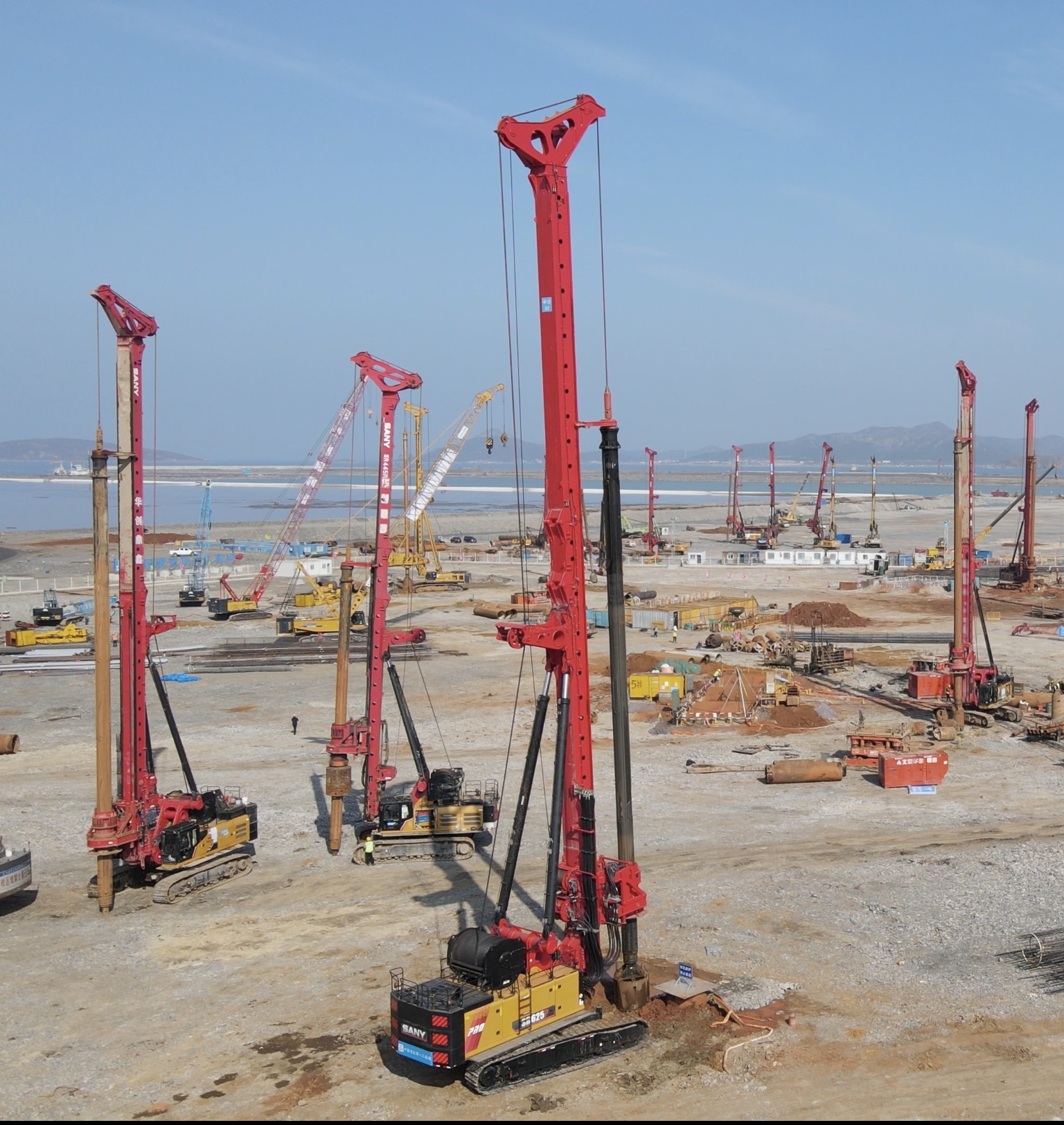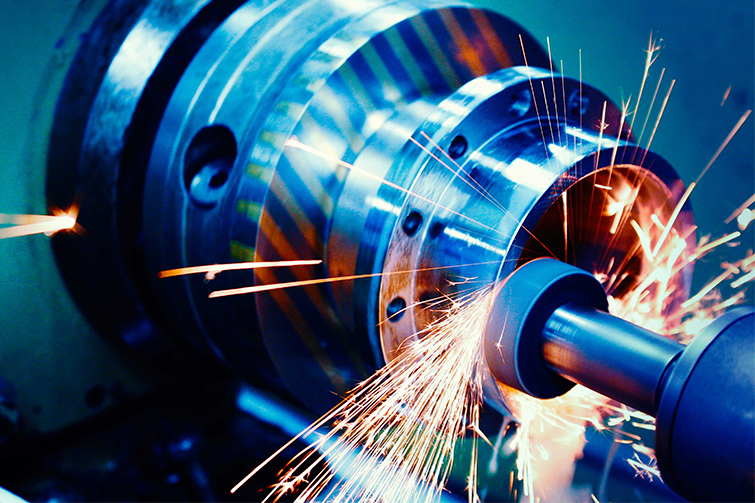

Advanced Construction Techniques: Enhancing Efficiency and Safety in Modern Building Projects

Introduction to Modern Construction Engineering
Construction engineering has evolved significantly with the integration of cutting-edge technologies, transforming traditional methods into highly efficient and safe processes. In my doctoral research and project work, I have observed that adopting these innovations not only improves structural integrity but also boosts economic returns. For instance, the use of Building Information Modeling (BIM) allows for precise digital representations, reducing errors by up to 20% and cutting project timelines. This section delves into the core technical aspects, emphasizing how data-driven approaches are reshaping the field, while highlighting the commercial benefits that make such investments worthwhile for stakeholders.
Key Technical Details in Construction Engineering
One of the most impactful technical advancements is the application of prefabricated modular construction, which involves assembling building components off-site under controlled conditions. This method enhances quality control and accelerates on-site assembly, with parameters such as module dimensions standardized to 3m x 3m for residential projects to optimize transport and installation. Additionally, the integration of sensors and IoT devices enables real-time monitoring of structural health, detecting stresses and strains that could lead to failures. For example, in a recent high-rise project, we deployed strain gauges with a sensitivity of ±0.1% to monitor load distributions, resulting in a 15% reduction in maintenance costs. These technical details are crucial for ensuring durability and compliance with safety standards like those set by the International Building Code.
Business Value and Economic Impact
From a business perspective, the adoption of advanced construction techniques translates into substantial cost savings and competitive advantages. By implementing lean construction principles, companies can minimize waste and improve resource allocation, leading to an average return on investment (ROI) of 25% over five years. Moreover, the use of sustainable materials, such as recycled steel and low-carbon concrete, not only meets regulatory requirements but also enhances brand reputation, attracting environmentally conscious clients. In commercial developments, this has been shown to increase property values by up to 10%, as evidenced by case studies from urban renewal projects. Thus, blending technical innovation with strategic business planning ensures long-term profitability and market leadership.
Common Questions
What are the main challenges in implementing advanced construction techniques?
The primary challenges include high initial costs for technology adoption and the need for specialized training. However, these can be mitigated through phased implementation and partnerships with tech providers, as seen in many successful projects.
How do these techniques improve safety on construction sites?
By using real-time monitoring and automated systems, risks such as structural failures and accidents are significantly reduced. For example, drones equipped with cameras can inspect hard-to-reach areas, cutting incident rates by over 30% in documented cases.








